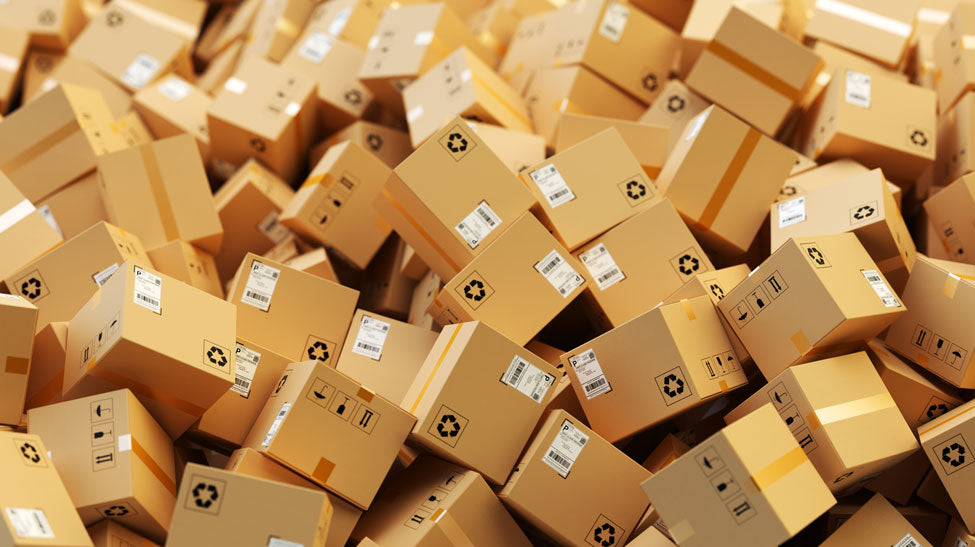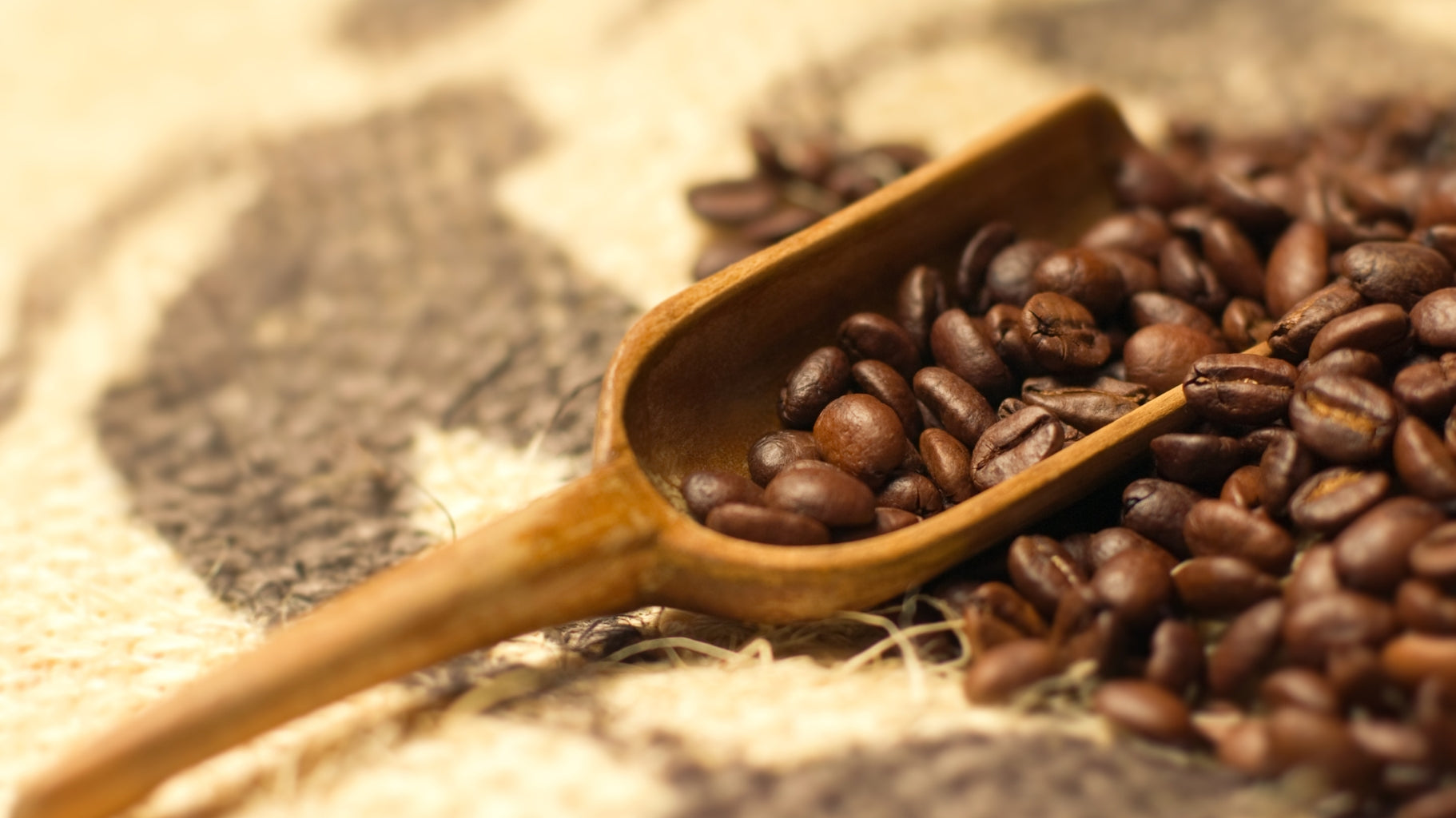We have mentioned in our articles the current state of the Australian roasted coffee market - it's challenging, crowded, saturated and highly competitive.
Like the gold rush of the 1850s, a new brand enters the overcrowded Australian coffee market every day. No wonder consumers and coffee drinkers are confused.
Once upon a time, there were just a handful of recognizable brands. Still, there is such an unstructured saturation of brands and labels in the Australian coffee market that consumers need help identifying leaders.
In populated cities, you can go anywhere and be confident of purchasing a coffee beverage, day or night, within easy walking distance.
Watching your children run around the park on a weekend football match or attending a social or charity event in public spaces, there is coffee available nearby.
Whether it's one of many mobile coffee vans, a venue outlet or a myriad of cafes and outlets now serving espresso coffee, coffee drinkers are always spoilt for choice.
Competition has been good for the coffee industry. It stimulates innovation and pushes brands to step outside their comfort zones by trying to improve the standards for product offerings.
At the same time that product quality has improved, so has the expectation of the coffee drinker - the Australian coffee consumer is now more intelligent and informed about freshness and quality.
We should not be surprised to report that Australian coffee drinkers are some of the world's most savvy and discerning groups when identifying coffee quality and value.
Rarely will an Australian coffee lover tolerate mediocrity or sub-standard regarding their cherished cup.
Some things never change.
Unfortunately, some segments of the coffee supply market, such as supermarkets and some styles of roasted coffee bean retail outlets, do not see the need for change or improving their quality benchmarks because they are committed to filling the basic needs of price and convenience.
At most, these volume-based, mass-produced budget coffees will occasionally freshen up their external packaging every couple of years with a more modern style to keep you looking at their product on the shelf, or they generate some marketing spin about why their product is the best.
But, and this is an important distinction, they won't change their ways to improve product quality or freshness because their customer is not the end consumer of the product (you) who is deciding on buying, but it's a large retail company that operates on simple principles of screwing down suppliers to the lowest cost and ensuring shelves are always fully stocked - regardless of whether it's low grade and stale.
Why is there so much attention given to the latest hyped-up coffee brand
Entering a crowded and competitive market is a brave step. However, most new coffee company brands launching on the Australian market in the last few years are born from something other than sound or proven business decisions.
The harsh reality is that coffee roasting has nothing to do with freakish talent or simplistic formulas that rely on trying to convince consumers you have a better product, work harder or longer, or are more willing to accept a lower margin.
It's a combination of hard work, lots of practice and constant perseverance over many years and years.
A new coffee brand is not better than the existing ones. Existing coffee brands don't get lethargic or disinterested - they look at ways to improve and optimize their business and adapt to changing environments.
New brands have few distinct advantages over existing brands. New brands have yet to learn where and how to source the best quality lots of raw coffee or set up roasting plants that can take two years to stabilize and turn out consistent coffee.
Most of the hyped-up marketing for new coffee brands is around the same themes of "we buy better", "we know better", "we try harder", or "we care more". These taglines are false and hollow promises - unproven and untested.
Experience and Ownership Matters
The people sourcing and roasting the coffee are the determining factor over quality. It rarely concerns the pretty colours on the coffee bag packaging or the well-liked pictures on their Facebook page.
Putting aside logistics and sales channels for a moment, what you taste in the cup is a direct result of the skills of the people in production and the tools they have at their disposal, including how much they can spend on quality - if at all.
Coffee roasting is hard physical work. It's back-breaking throwing around 70kg sacks of coffee at speed. Those working in coffee roasting production may lift each coffee bean 12 times from the moment the raw coffee arrives in the warehouse until it reaches the customer in the roasted product - that's much lifting. Like a hunk of concrete, it takes its toll on the body. It's boiling in summer standing next to a 400 deg C oven and uncomfortably cold in winter working in large windy warehouses without heating. It's dusty, smoky and very unpleasant.
There is nothing glamorous or romantic about roasting coffee beans. Like any volatile food product, the coffee roaster is equivalent to the head chef at a fine dining establishment. If they have skin in the game, e.g. an owner, they will care for the product as passionately as their children.
If they are an employee, it's just turning green stuff brown. Yes, they may have pride in their work initially, but it will wear them down into a monotonous production routine after a while. Often, coffee roasters are the source of all negative feedback in a coffee company, and for this reason, many get frustrated and upset at being blamed for quality inconsistencies. It's a short-term role for the majority of people.
At justfreshroasted.com.au, the owner of the business roasts all the coffee. Nobody is allowed to operate the roasting platforms. This personal commitment to quality separates our product from the competition.
Big companies have tighter budget constraints on quality
It is no surprise that larger coffee companies don't source high-quality coffees for most of their products. Yes, they can source quality lots for marketing to promote quality, but their everyday coffee blends typically consist of budget-grade coffees.
The larger the company, the greater the budget constraint. Saving $1 to $3 per kilo on raw coffee from sourcing lower grades translates into $10,000 to $30,000 per week in pure profit - that's straight on the bottom line and into the stakeholder's pockets.
So, the larger the player, the more critical it is to source cheap coffees and maintain the illusion of quality.
The same concept exists regarding Nespresso coffee capsules online, which are highly price-competitive. Almost all contain stale old coffee, including robusta beans.
See our other article: Why African coffees are the best?
At justfreshroasted.com.au, we take the opposite view; there is an opportunity to build a market by providing the best quality and value - converting customers across from those coffee companies that seem intent on taking their customers for a ride using lower rates.




